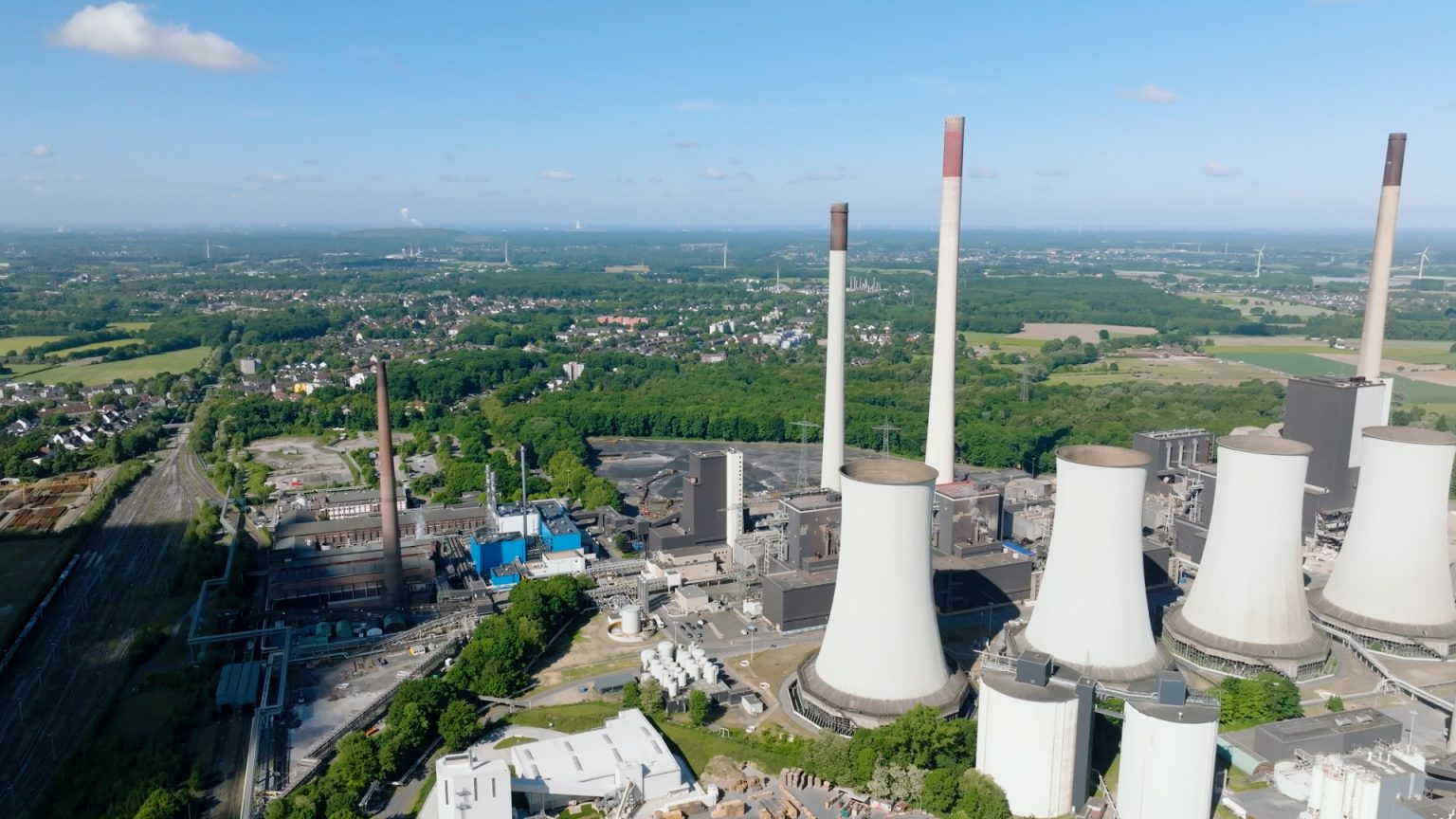As Germany scrambles to secure scalable sources of low-carbon hydrogen, a new joint initiative between thyssenkrupp Uhde and Uniper signals a pivot to ammonia cracking as a viable solution.
A 28-ton-per-day demonstration plant—one of the first of its kind—is now under construction at Uniper’s Scholven site in Gelsenkirchen. The facility is intended to serve as the blueprint for a much larger hydrogen import terminal in Wilhelmshaven. While the promise is significant, experts caution that ammonia cracking still faces serious technical, economic, and regulatory hurdles.
Ammonia cracking—reconverting imported ammonia into usable hydrogen—is increasingly being viewed as the linchpin in global hydrogen logistics. Unlike compressed hydrogen, ammonia has an established global supply chain and roughly 1.7 times the volumetric energy density of liquefied hydrogen, making it a logical carrier. According to the International Energy Agency (IEA), global ammonia trade reached over 18 million tonnes in 2021, offering a ready-made infrastructure for hydrogen distribution.
However, the process of cracking ammonia back into hydrogen is both energy-intensive and capital-heavy. High temperatures—typically over 600°C—are required to decompose ammonia (NH₃) into nitrogen and hydrogen, followed by a purification stage to meet hydrogen quality standards. While laboratory tests have shown promising conversion efficiencies, the technology remains unproven at commercial scale. The Scholven demo aims to bridge that gap by collecting operational data to refine performance, durability, and lifecycle economics.
By 2030, Germany expects hydrogen demand to reach up to 95 TWh per year, of which 50–70% will need to be imported, according to the Federal Ministry for Economic Affairs and Climate Action (BMWK). Yet current hydrogen import pathways are limited by the absence of scalable reconversion infrastructure. This is precisely where ammonia cracking comes in.
Conversion efficiencies for ammonia cracking currently hover around 60–80% in lab settings, depending on the catalyst and heat recovery design. Industrial performance data is scarce, making Scholven’s demonstration unit critical for stress-testing throughput, energy use, and cost metrics under real-world conditions.
Scaling the Solution: The Wilhelmshaven Terminal
The ultimate test for ammonia cracking lies not in Scholven, but in Wilhelmshaven. There, Uniper envisions a full-scale hydrogen import terminal capable of supplying multiple industrial clusters across Germany. If Scholven proves technically viable, Wilhelmshaven could handle several hundred tonnes of ammonia per day, directly feeding hydrogen into steel, chemical, and energy sectors.
But scalability is contingent on more than just engineering success. Policy frameworks, certification standards for low-carbon ammonia, and international coordination on shipping and safety protocols remain underdeveloped. For instance, the European Hydrogen Backbone initiative has yet to define clear integration pathways for hydrogen reconverted from ammonia.
Although the Scholven project is receiving state support for its “innovative components,” both Uniper and thyssenkrupp Uhde are bearing substantial financial risk. This reflects a growing industry recognition that hydrogen infrastructure needs private-sector momentum, not just public funding.
While ammonia cracking holds potential to unlock global hydrogen trade, it is not a silver bullet. The Gelsenkirchen demo marks an important but cautious step toward solving one of the hydrogen economy’s most pressing challenges: decoupling production and consumption geographies. Whether the technology can scale fast enough—and cheaply enough—to meet Germany’s 2030 hydrogen targets remains an open question.
Stay updated on the latest in energy! Follow us on LinkedIn, Facebook, and X for real-time news and insights. Don’t miss out on exclusive interviews and webinars—subscribe to our YouTube channel today! Join our community and be part of the conversation shaping the future of energy.





